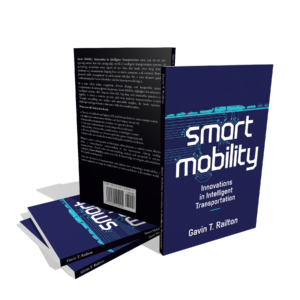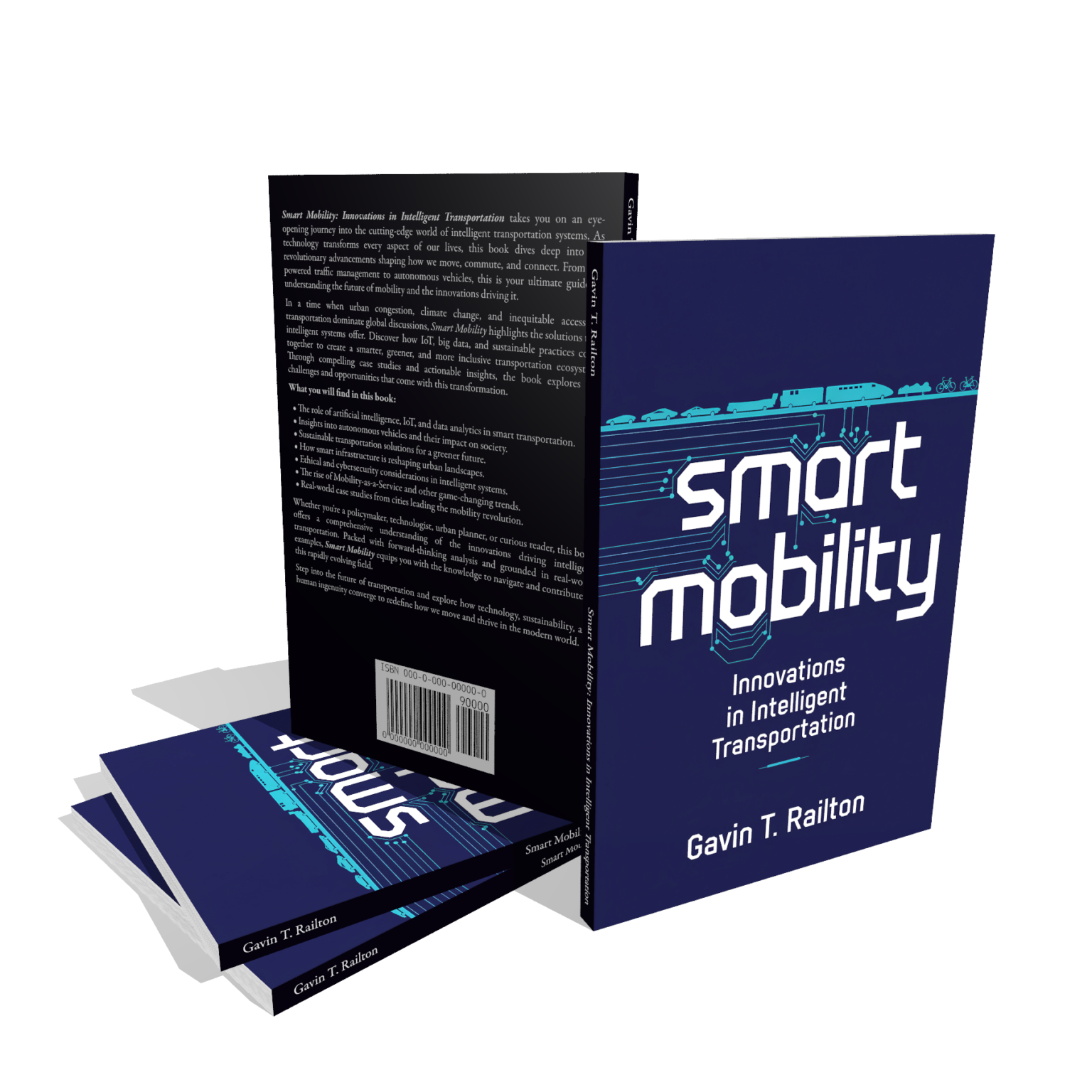Smart Mobility Innovations in Intelligent Transportation – Complete Guide to Future Urban Transportation

Smart mobility innovations are revolutionizing how we navigate modern cities through intelligent transportation systems that reduce congestion and emissions. If you’re struggling to understand how emerging technologies like autonomous vehicles, AI-powered traffic management, and sustainable transportation solutions are reshaping urban landscapes, this comprehensive guide provides the roadmap you need. Unlike academic textbooks that focus purely on theory, “Smart Mobility: Innovations in Intelligent Transportation” bridges the gap between complex technological concepts and practical real-world applications, making intelligent transportation accessible to professionals, policymakers, and curious readers alike.
This essential resource explores cutting-edge mobility trends including Mobility-as-a-Service (MaaS), Internet of Things (IoT) integration, and data-driven urban planning strategies. You’ll discover how smart cities worldwide are implementing sustainable transportation practices that combat climate change while enhancing quality of life for millions of residents.
What You’ll Discover
- Autonomous Vehicle Integration: Master how self-driving cars reduce traffic congestion and optimize urban transportation networks for safer, more efficient travel
- AI-Powered Traffic Management: Learn how artificial intelligence transforms traffic flow optimization and smart infrastructure deployment in modern cities
- Sustainable Mobility Solutions: Discover eco-friendly transportation alternatives that reduce carbon emissions while improving accessibility for all community members
- Data Analytics for Transportation: Understand how big data and IoT sensors revolutionize predictive analytics for intelligent transportation planning and implementation
- Smart City Case Studies: Explore real-world examples of successful intelligent transportation systems from pioneering cities around the globe
- Mobility-as-a-Service Implementation: Uncover how MaaS platforms integrate multiple transportation modes into seamless, user-friendly mobility experiences
Why This Book Matters
Transportation challenges are intensifying as urban populations grow and climate concerns mount. This comprehensive guide empowers you to understand and contribute to intelligent transportation solutions that address congestion, reduce environmental impact, and improve accessibility. Whether you’re a urban planner, technology professional, policymaker, or engaged citizen, you’ll gain practical insights into how smart mobility innovations transform communities.
The book’s strength lies in translating complex technological concepts into actionable knowledge. Real case studies demonstrate successful implementations, while expert analysis helps you navigate ethical considerations and cybersecurity challenges. You’ll emerge equipped to participate meaningfully in discussions about sustainable transportation and smart city development.
Key Features
This comprehensive ebook spans multiple chapters covering autonomous vehicles, AI applications, sustainable practices, urban planning integration, and mobility trends analysis. Available as an instant digital download, you’ll receive immediate access to detailed case studies, expert insights, and practical implementation strategies. The format allows for easy reading on any device, with printable charts and frameworks for hands-on reference. Also available as audiobook on Google Play Books and Spotify for convenient listening during commutes or workouts.
Frequently Asked Questions
How does this smart mobility book help with understanding transportation technology?
This book translates complex intelligent transportation concepts into practical insights through real-world case studies and expert analysis. You’ll understand how AI, IoT, and autonomous vehicles work together in smart cities, making transportation technology accessible regardless of your technical background.
What makes this sustainable transportation guide different from academic textbooks?
Unlike theoretical academic resources, this book focuses on practical applications and real-world implementations. It includes case studies from successful smart cities, actionable strategies, and addresses both opportunities and challenges in intelligent transportation systems deployment.
Can urban planners and policymakers benefit from this intelligent transportation resource?
Absolutely. The book specifically addresses urban planning integration, policy considerations, and ethical challenges in smart mobility implementation. You’ll gain insights into successful city transformations and learn how to navigate regulatory frameworks for intelligent transportation projects.
Get Your Copy Today
Transform your understanding of urban transportation with this comprehensive smart mobility guide. Available for instant download at just $6.99, this ebook provides exceptional value compared to expensive transportation technology courses or consulting fees. Also available as audiobook on Google Play Books and Spotify for flexible learning. Purchase your copy through all major ebook retailers including Apple Books, Barnes & Noble, and Kobo to begin mastering intelligent transportation innovations today.
Watch the Video Review

